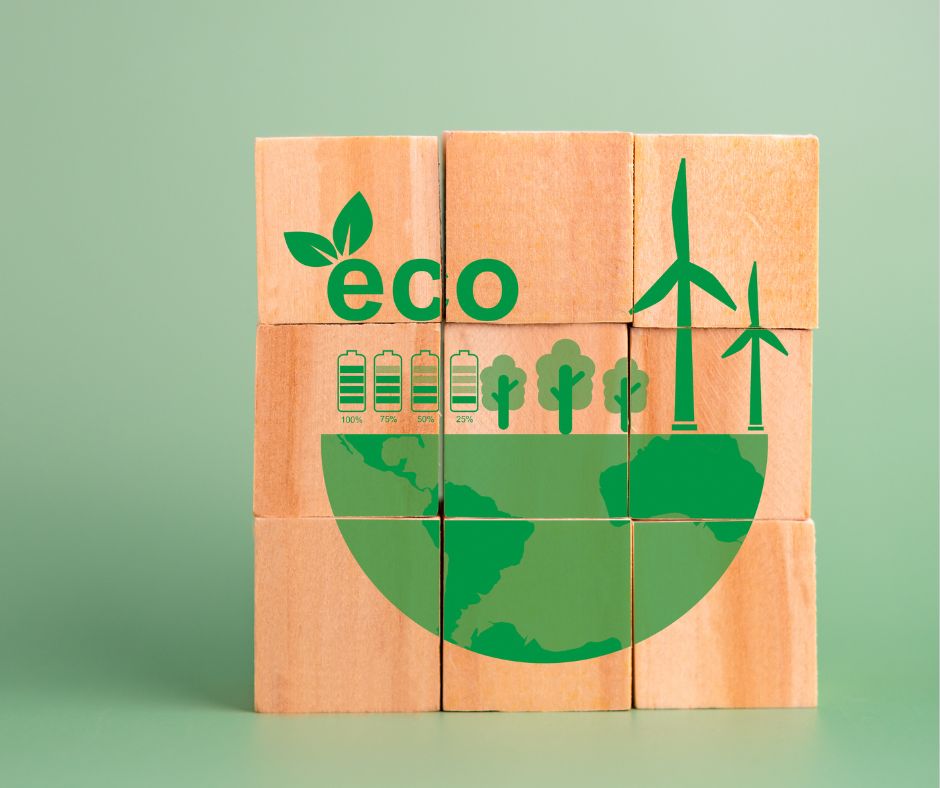
- AI and Machine Learning for Optimization: AI is being used to optimize energy management in data centers, predict maintenance needs for equipment (reducing energy consumption and extending asset life), and optimize processes across industries.
- Advanced Processor Architectures: Development of more energy-efficient processors with features like multiple power states and dynamic performance adjustment.
- Innovative Cooling Technologies: Utilizing liquid cooling systems, phase-change materials, and smart airflow management in data centers to reduce energy spent on cooling.
- Green Machine Learning: Developing machine learning models that balance performance with energy consumption, considering the environmental impact throughout their lifecycle.
- Computing Continuum: Aggregating geographically dispersed computing resources into logical pools to optimize energy efficiency by distributing workloads across heterogeneous devices.
- Circular Hardware: Designing tech products for reuse, repair, refurbishment, and recycling, minimizing waste and the demand for virgin resources.
- Net-Zero Cloud Computing: Cloud providers aiming to operate entirely on renewable energy.
- Carbon Tracking Software: Tools that help companies track and reduce their carbon emissions.
Related Article
Voice controlled light bulb
Digireload TeamGone are the days when you had to struggle with laziness when you forgot to turn off the light when getting into the bed. Now you can control the l...
Affinity audiences
Digireload TeamWhat is affinity audience meaning? Affinity audience means users who have specific interests. By using Affinity audiences you can target your ads t...
SendInBlue
Digireload TeamA lot of people consider SendInBlue the best alternative to Mailchimp. With over 70 responsive email templates, SendInBlue gives you totally author...












.png)